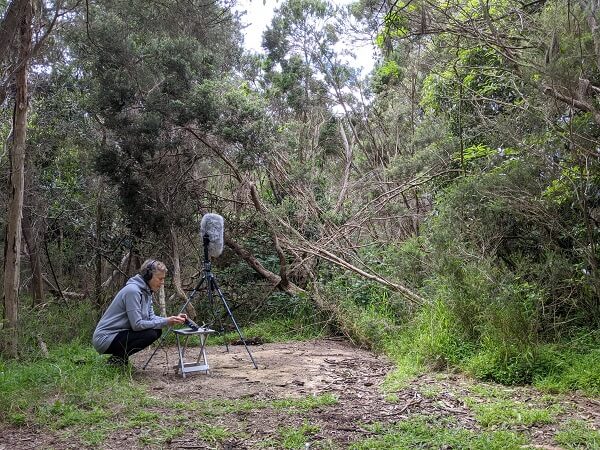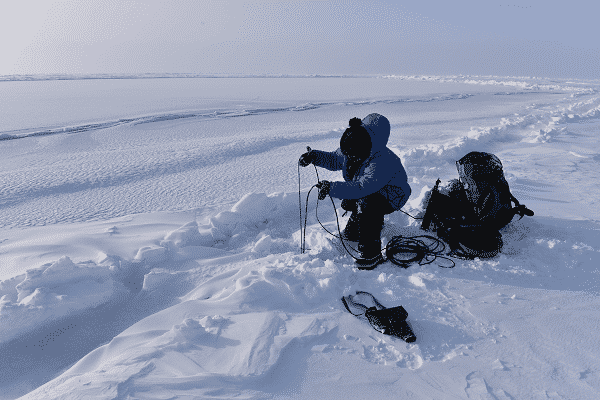‘Site & Sound: Sonic art as ecological practice’ at McClelland Sculpture Park + Gallery aims to show audiences how the practice of deep listening can guide us towards a more connected understanding of complex environmental issues and pressing concerns of climate change.
On until 11 April, 2021, ‘Site & Sound’, which is curated by Jon Buckingham, Lawrence Harvey, and Simon Lawrie, will engage the public in an evolving program of immersive sound environments, which can be experienced through sound walks, performances and listening events, as well as workshops, masterclasses, lectures and artist talks sharing insights about the history, theory and significance of field recording and sonic art.
There is a continuous cacophony of sound all around us. From the ever growing sprawl of urban living to our congested cities and on rural lands the sounds of human existence are continuously moving through the landscape. And whether or not these become a blurred mix of sounds in our everyday existence we can recognise their origins without much thought.

But what of the deep sounds of nature. What are we not hearing and how can we listen more intuitively to the vibrational call of the natural world, and be more attuned to the urgent warnings of Mother nature? A cohort of likeminded sound artists share their fascinating explorations of the natural world with a showcase of sonic art representations in ‘Site & Sound: Sonic art as ecological practice’.
“There is a strong tradition of environmental engagement among soundscape composers: as early as the 1960s, sound artists have been recording, preserving, and re-interpreting natural soundscapes, often with a particular emphasis on species and habitats considered at risk or endangered. By listening closely, we can learn to recognise and respond to the subtle signs of irreversible ecological change,” says McClelland Sculpture Park+Gallery Director, Lisa Byrne.

Participating artists include Steve Adam, Ros Bandt, Leah Barclay, Philip Brophy, Daniel Browning, Christophe Charles, David Chesworth, Madelynne Cornish, Robert Curgenven, Reuben Derrick, Sarah Edwards, Lawrence English, Nigel Frayne, Susan Frykberg, Amy Hanley, Liquid Architecture, Rachel Meyers, Steaphan Paton, Douglas Quin, Philip Samartzis and Eugene Ughetti, Thembi Soddell, Tina Stefanou, Barry Truax, Chris Watson and Jana Winderen.
Australian sound artist, designer, researcher and President of the Australian Forum for Acoustic Ecology, Dr Leah Barclay explains in her essay ‘Acoustic Ecology in Australia’, that ‘over the last twenty years, acoustic ecology has evolved across Australia as a highly interdisciplinary, dynamic field with increased engagement across environmental sciences, architecture, health, digital technology, creative arts and humanities.’
‘Sound artists drawing on environmental field recordings have an unprecedented opportunity to reveal changes in ecosystems that are often hidden or ignored,’ she adds.
Visit McClelland Sculpture + Gallery’s website for visitor information. Below you can listen to a few 30sec cuts from recorded compilations by participating sound artists in ‘Site & Sound’.